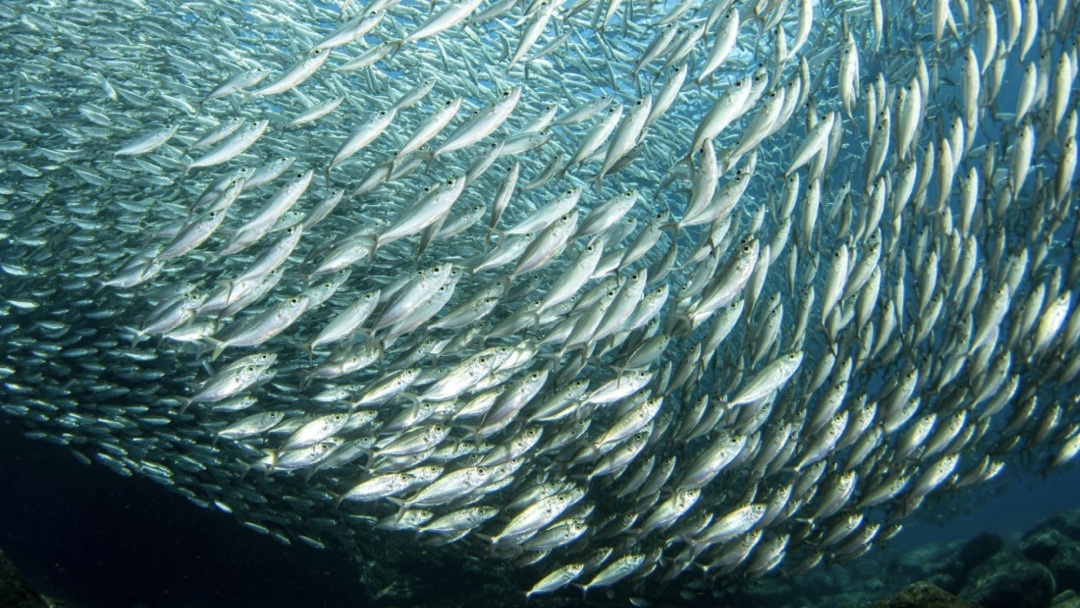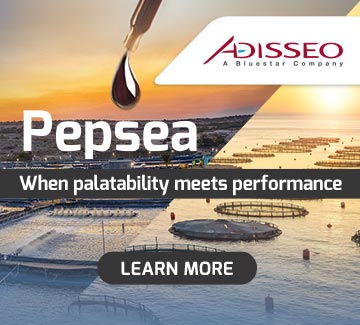 Shoal of fish| University of Stirling
Shoal of fish| University of Stirling
Researchers from the University of Stirling’s Institute of Aquaculture, along with their counterparts from Lancaster, Aberdeen, and Cambridge universities, have unveiled a pioneering method that promises to significantly enhance nutrient retention from aquafeeds to farmed fish, marking a potential leap forward in sustainable aquaculture practices.
The aquaculture sector for feed-fed species, which has been rapidly expanding in recent years, must ensure that it does so sustainably. Currently, the farming of carnivorous fish relies on wild fishery resources to obtain fishmeal and fish oil to continue growing, which has drawn criticism from certain lobbying groups for this dependence.
Addressing these concerns, the research team has developed a new metric called the nutrient Fish-In Fish-Out (nFIFO), which enhances the traditional FIFO metrics by incorporating nutrient retention efficiency. This new metric also evaluates the utilization of by-products—parts of fish that are not consumed by humans but can be recycled into feed, representing a sustainable source of marine ingredients.
The study, published in the journal Aquaculture under the title "Fish as Feed: Using the nutrient Fish In: Fish Out ratio (nFIFO) to enhance nutrient retention in aquaculture," investigates how marine ingredients are converted into nutrients in commercially farmed fish. It revealed that current practices only achieve about 38% efficiency in converting omega-3 inputs into the end product.
Dr. Richard Newton, the lead researcher from Stirling, emphasized the significance of the nFIFO metric, stating, “This new approach not only refines how we measure efficiency but also enhances our ability to manage the entire nutrient supply chain more sustainably. It highlights the critical role of by-products, transforming them from waste into valuable nutritional inputs.”
Further elaborating on the potential impacts of the study, Dr. David Willer, a senior author from the University of Cambridge, noted, “The nFIFO metric is set to reshape sustainable practices within the aquaculture industry by enabling producers to optimize nutrient retention while reducing environmental impacts.”
In addition to refining nutrient management practices, the research addresses economic and environmental considerations by implementing life cycle assessment principles. These help distinguish the cost and environmental burden of fish oil relative to fishmeal and underscore the importance of strategic resource management.
The study also accounts for seasonal and environmental variables that affect nutrient content, adding a layer of complexity to nutrient management in aquaculture. This understanding is crucial for adapting to changing environmental conditions and ensuring consistent nutrient quality in aquafeed.
The research team has developed a user-friendly online tool, hosted by Blue Food Performance, to facilitate the industry-wide adoption of the nFIFO metric. This tool aims to guide stakeholders, from feed manufacturers to policy makers, towards practices that diminish environmental impacts and enhance the quality of farmed fish.
About the paper
The research paper provides comprehensive strategic recommendations aimed at optimizing nutrient retention across the aquaculture industry. These recommendations are designed to improve feed management and integrate circular economy principles effectively, ensuring that the industry makes the most of finite marine resources.
By offering a method to enhance the measurement and management of nutrient flows in aquaculture feeds, the introduction of the nFIFO tool represents a significant advancement in aligning aquaculture practices with global sustainability goals. This method could potentially be adapted and applied across various regions and species, heralding a new era of efficiency and sustainability in global aquaculture.


